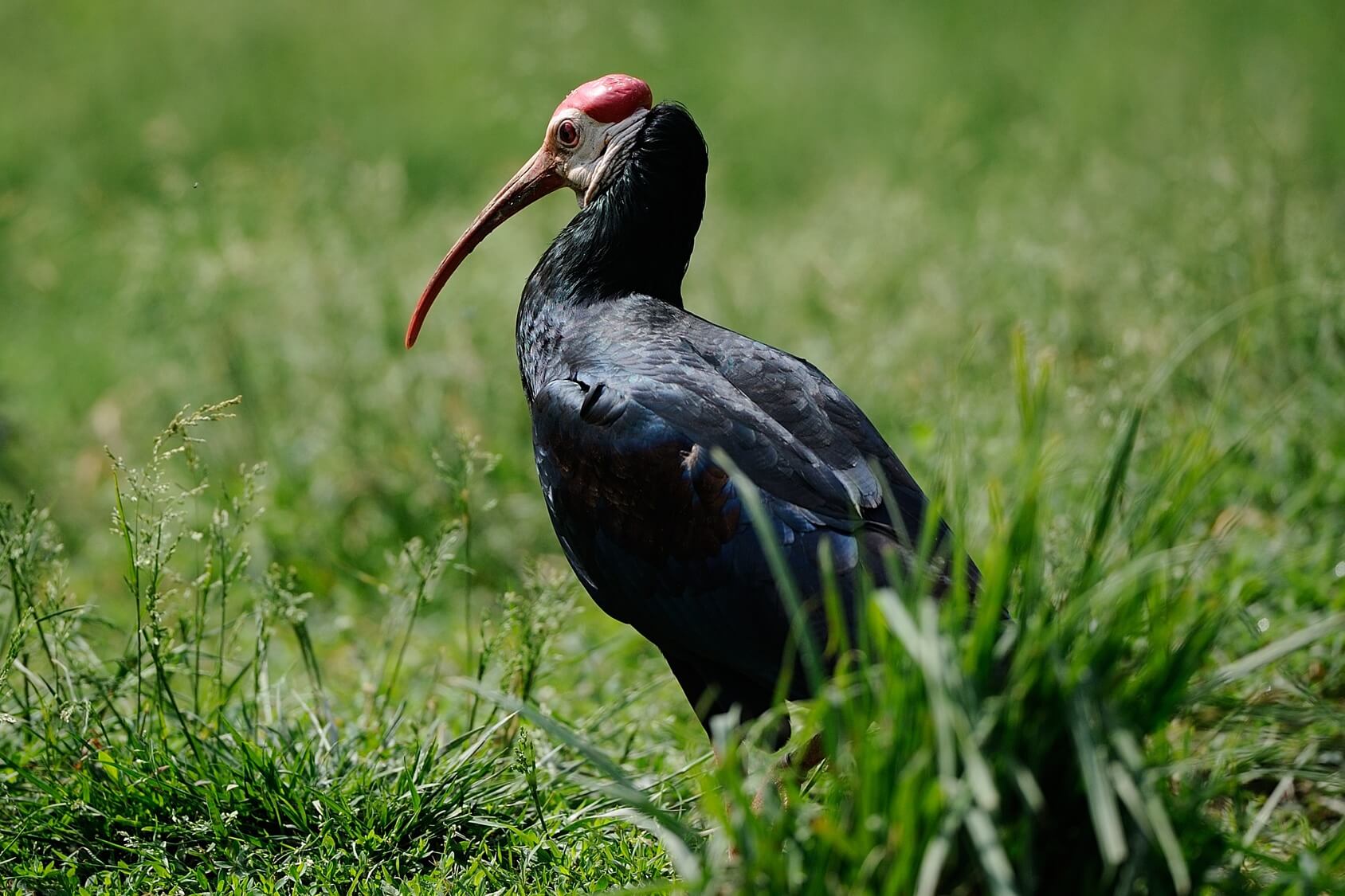
Vicuñas are hunted by pumas ( Puma concolor) culpeos, or Andean foxes ( Lycalopex culpaeus) and people, who also raise them as livestock. Vision and hearing are more highly developed than their sense of smell. When in danger, vicuñas emit a high, clear whistle. The vicuña’s dense silky fleece, once reserved for the Incan nobility, provides excellent insulation against the temperature fluctuations the animal encounters in its natural habitat: semiarid grasslands in the central Andes at altitudes of 3,600–4,800 metres (12,000–16,000 feet).Ī swift, graceful animal, the vicuña is the smallest of the camelids, with a shoulder height of about 90 cm (36 inches) and a weight of about 50 kg (110 pounds). The costly fibre is made into high-priced coats, dressing gowns, and shawls. Vicuña fibre is strong and resilient, but it is highly sensitive to chemicals and is generally used in its natural colour. The annual yield of fleece sheared from domesticated vicuñas shows a wide range of from 85 to 550 grams (3 to 20 ounces) per animal. The vicuña is covered with a remarkably long, fine, soft, and lustrous coat that varies in colour from light cinnamon to a pale white, with long white fleece hanging from the lower flanks and the base of the neck.

#Pecunia animal how to#
COVID-19 Portal While this global health crisis continues to evolve, it can be useful to look to past pandemics to better understand how to respond today.Student Portal Britannica is the ultimate student resource for key school subjects like history, government, literature, and more.

From tech to household and wellness products. Britannica Explains In these videos, Britannica explains a variety of topics and answers frequently asked questions.This Time in History In these videos, find out what happened this month (or any month!) in history.#WTFact Videos In #WTFact Britannica shares some of the most bizarre facts we can find.Demystified Videos In Demystified, Britannica has all the answers to your burning questions.Britannica Classics Check out these retro videos from Encyclopedia Britannica’s archives.The aim of this paper is to illustrate the epidemiology of ovine gastrointestinal nematodes in Italy and to evaluate the economic importance of their control. For this reason, prevention must be aimed at the particular epidemiological situation and not simply adapted from current schemes used abroad. Differences in climate, environmental factors and production tecniques may influence infection prevalence, load and pathogenesis. Although heavy production losses are due to parasitic infections, only 250 papers have been published in the last 50 years in Italy on sheep parasites. It is interesting to note that the Italian word "pecora" (sheep) is believed to have originated from the Latin "pecunia" (money). The ancient roots of this tradition have grown into an important economic reality, with excellent levels of milk production and apporoximately 65 typical cheeses.

In Homer's Odyssey, the description of Polifemo's sheep flock organization is remarkably similar to current production systems. Milk production has been a distinguishing characteristic of sheep breeding since antiquity in the Mediterranean area, including Italy, where prehistoric findings confirm this particular husbandry activity.


 0 kommentar(er)
0 kommentar(er)
